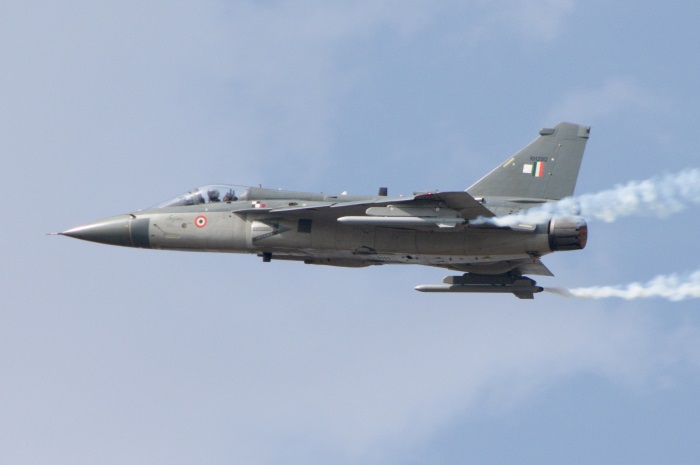 |
| The jetty at Port Blair, Andamans on December 30, 2013, unsafely overcrowded. Photo © Copyright: Vijainder K Thakur |
The news this morning about the tragic sinking of a ferry in Andaman Islands was painful and frustrating for me, more so than such tragic incidents normally are. The ferry was taking tourists from North Bay to Ross Island.
During a recent visit to Andaman Islands our family experienced dangerous overcrowding at the jetty at Port Blair and in the boats that ferry tourists to North Bay and Ross Islands, as also blatant flouting of safety norms by boat masters.
On the Port Blair jetty on December 30, 2013, there was just one police constable to oversee boarding of ferry boats by hundreds of tourists. As the jetty gates opened, the constable made an effort to maintain order, beseeching tourists to form a line, but the constable's efforts were soon completely undermined by tour operators who openly encouraged their parties to jump the line. Eventually, the constable beat a retreat and chaos prevailed on the narrow jetty with hundreds of people including women and children jostling to board the ferries on a first come, first serve basis.
An American lady broke into tears seeing the mob like crowd; I and my wife did our best to reassure her that she was in no danger. We may have done a better job had the danger not appeared palpable to us also.
Boarding a ferry was a nightmare. The sea was rough causing docked ferries to rock 2-3 ft as travelers climbed on to them. The stairs leading down to the ferries were wet, making them unsafe for many tourists who were overweight, old, or women with children in arms. To make matters worse, two to three ferries were docked abreast against the jetty forcing travelers to negotiate one or two rocking ferries before finding a seat. (You know which ferry the first to reach sat down in.) I saw at least one overweight and elderly lady totter and recover as she tried to step on from the wet stairs to the rocking ferry. A fall may well have split her brains out!
All the ferry boats, including the one that we traveled in, were overloaded. I was among the dozen or so passengers who rode the boat standing. I counted the life jackets and estimated there was 25% shortfall. Later, when I tried to wear one life jacket I could only partially secure it.
I am not the activist kind. I am reconciled to the corruption and lawlessness that prevails in this country, in my country. It takes a lot to provoke me into reporting something to authorities. In the past, on a few occasions, I have reported jaw dropping wrong doings, both while serving in the IAF and post premature retirement in the civil street. On all occasions, I ended up wasting time. (While in the IAF, I reported a contractor who put a briefcase full of cash on my table. Nothing happened to the contractor or any other personnel in the unit. No investigation was ordered. I was posted out. The unit was in Delhi, my first posting to the Indian Capital, and I was told I needed to get used to how things work here!)
What I observed during my boat ride from Port Blair to North Bay was blood curdling. It was a disaster in the making; people could die, I felt. Suspending my well founded cynicism and fatalism about our country, I took time off from my vacation to report the matter to the authorities.
Following the ferry ride from Port Blair to North Bay, I went up to Sub Inspector KN Mistra, SHO Bambooflat, who was on duty at the beach during the morning hours on December 30 and reported that the ferry that I traveled in was over crowded and had more passengers on board than life jackets. Also , on arrival at North Bay, passengers were transported from the ferry boat to the beach in boats without any life jackets. I filed a written report.
Later, I followed up on the report and was told by the SHO that he had filed an FIR based on my report, having investigated the matter and confirmed the veracity of my statements from other ferry passengers.
On return to Port Blair that evening, I and my wife met with Deputy Resident Commissioner Vinod Kumar, at Andaman Information, Publicity and Tourism building and made an impassioned plea that the authorities needed to do something otherwise there would be tragedy. I apprised him of the FIR based on my written complaint and told him all that I had observed. The official assured me he could look into the issue, but added that such crowding was probably one off and highly unusual. Having been a part of the government, I realized that Shri Vinod Kumar wasn't likely to do anything.
I had once again wasted my time.
(I had planned to use Thumkar exclusively to express my opinion on military matters. Please bear with this blog; a one off exception.)


